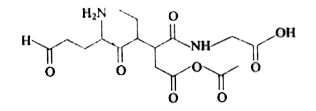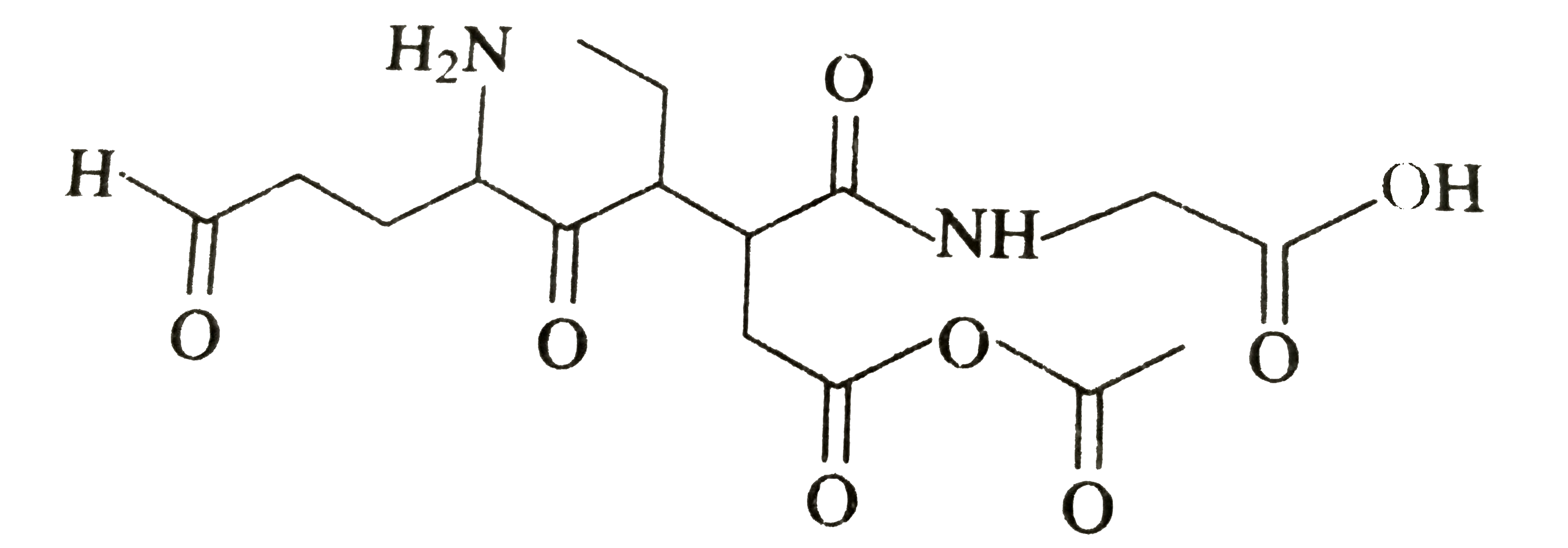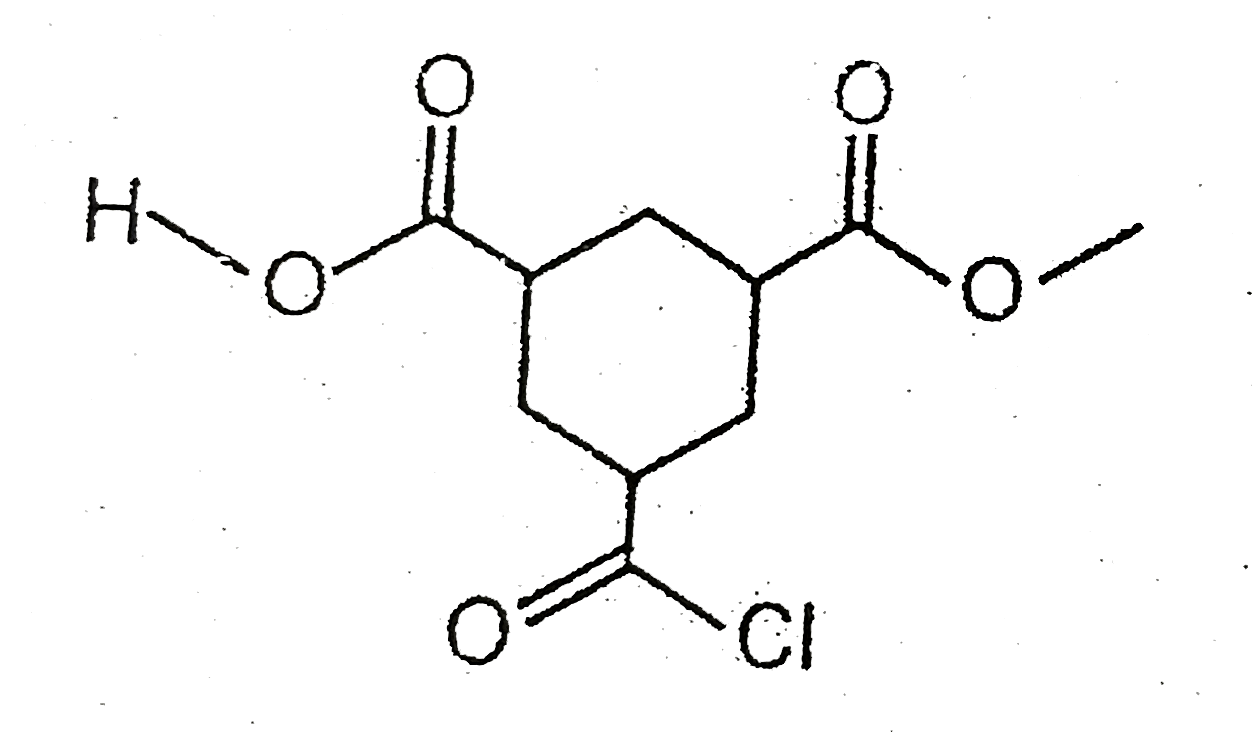There are two groups of compounds A and B. Groups A contains three compounds Px4,Qy3,Rz2. Groups B also contains three compounds Sx4,Ty3,Uz2. Hybridization of each central atom of group A compounds is same as that of iodine in IBrCl− while in group B compounds it is same as that of iodine IBrCl+. Substituents X, Y and Z exhibit covalency of one in ground state. Then find the value of x/y.
Where, x and y are total number of lone pair present at central atoms of compounds of group A and B respectively.
The correct Answer is:2
To solve the problem, we need to determine the total number of lone pairs present at the central atoms of compounds in groups A and B, and then find the ratio xy, where x is the total number of lone pairs in group A and y is the total number of lone pairs in group B.
Step 1: Determine the hybridization of the central atom in group A compounds.
The compounds in group A are PxCl4, QyBr3, and RzI2. The hybridization of the central atom in group A is the same as that of iodine in IBrCl−.
1. Find the steric number for IBrCl−:
- Valence electrons of Iodine (I) = 7
- Number of monovalent species (Br and Cl) = 2
- Charge = -1 (add 1 for negative charge)
- Steric number = (7+2+1)2=102=5
2. Determine the hybridization:
- A steric number of 5 corresponds to sp3d hybridization.
Step 2: Determine the lone pairs in group A compounds.
For sp3d hybridization (trigonal bipyramidal geometry):
- There is 1 lone pair on the central atom.
1. For PxCl4: 1 lone pair
2. For QyBr3: 2 lone pairs
3. For RzI2: 3 lone pairs
Total lone pairs in group A (x):
x=1+2+3=6
Step 3: Determine the hybridization of the central atom in group B compounds.
The compounds in group B are SxCl4, TyBr3, and UzI2. The hybridization of the central atom in group B is the same as that of iodine in IBrCl+.
1. Find the steric number for IBrCl+:
- Valence electrons of Iodine (I) = 7
- Number of monovalent species (Br and Cl) = 2
- Charge = +1 (subtract 1 for positive charge)
- Steric number = (7+2−1)2=82=4
2. Determine the hybridization:
- A steric number of 4 corresponds to sp3 hybridization.
Step 4: Determine the lone pairs in group B compounds.
For sp3 hybridization (tetrahedral geometry):
- There are no lone pairs for SxCl4.
- There is 1 lone pair for TyBr3.
- There are 2 lone pairs for UzI2.
Total lone pairs in group B (y):
y=0+1+2=3
Step 5: Calculate the ratio xy.
Now that we have x=6 and y=3:
xy=63=2
Final Answer:
The value of xy is 2.
---
- Valence electrons of Iodine (I) = 7
- Number of monovalent species (Br and Cl) = 2
- Charge = -1 (add 1 for negative charge)
- Steric number = (7+2+1)2=102=5
- A steric number of 5 corresponds to sp3d hybridization.
- There is 1 lone pair on the central atom.
2. For QyBr3: 2 lone pairs
3. For RzI2: 3 lone pairs
x=1+2+3=6
- Valence electrons of Iodine (I) = 7
- Number of monovalent species (Br and Cl) = 2
- Charge = +1 (subtract 1 for positive charge)
- Steric number = (7+2−1)2=82=4
- A steric number of 4 corresponds to sp3 hybridization.
- There are no lone pairs for SxCl4.
- There is 1 lone pair for TyBr3.
- There are 2 lone pairs for UzI2.
y=0+1+2=3
xy=63=2
The value of xy is 2.
Topper's Solved these Questions
Similar Questions
Number of functional groups present in the following compound is :

View SolutionNumber of functional groups present in the following compound
is :

View SolutionThe hybridization of central atoms of compounds A, B, C and D are sp3d,sp3,sp2andsp respectively. If compounds A and D have same shape like I−3 and compounds B and C have same shape like water structure. Then calculate value of "P+Q+R+S", where P, Q, R, and S are number of lone pairs on central atoms of compounds A, B, C and D respectively.
View SolutionThe hybridization of central atoms of compounds A, B, C and D are sp3d,sp3,sp2andsp respectively. If compounds A and D have same shape like I−3 and compounds B and C have same shape like water structure. Then calculate value of "P+Q+R+S", where P, Q, R, and S are number of lone pairs on central atoms of compounds A, B, C and D respectively.
View SolutionWhat is the nature of the compounds of group 15 elements?
View SolutionConsider the following three compounds (i)AXn−2n, (ii)AX3n and (ii)AXn+4n, where central atom A is 15th group element and their maximum covalency is 3n. If total number of proton in surrounding atom X is n and value of n is one, then calculate value of x3+y2+z2 . (where x, y and z are total number of lone pair at central atom in compounds (i), (ii) and (iii) respectively.
View SolutionConsider the following three compounds (i)AXn−2n, (ii)AX3n and (ii)AXn+4n, where central atom A is 15th group element and their maximum covalency is 3n. If total number of proton in surrounding atom X is n and value of n is one, then calculate value of x3+y2+z2 . (where x, y and z are total number of lone pair at central atom in compounds (i), (ii) and (iii) respectively.
View SolutionWhich member of group 13 does not exhibit the group valency in its compounds?
View SolutionWhich group of compounds/ions are isostructural and isoelectronic?
View SolutionWhich functional group is absent in the given compound ?

View Solution
